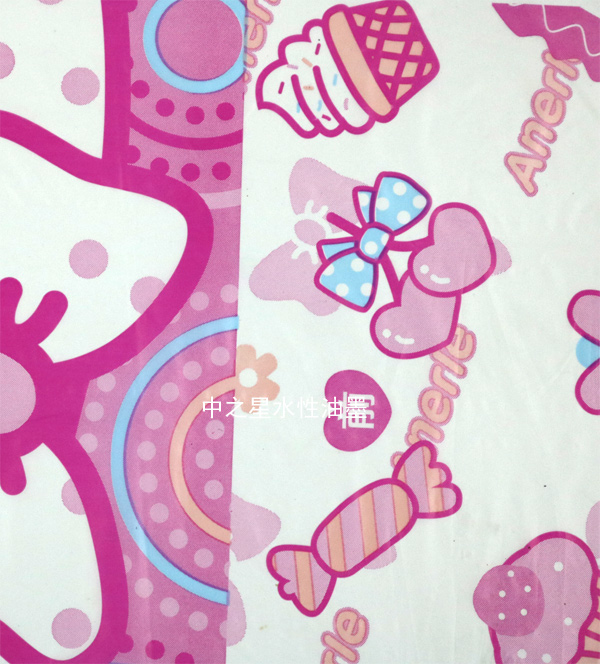How to evaluate and choose the UV water-based ink that suits your needs?
Date: Jan 08 2024 From: Star Color Views:
UV water-based ink, as an environmentally friendly and efficient printing ink, has been widely used in the printing industry.However, in the face of many UV water-based ink brands and models on the market, how to evaluate and choose UV water-based ink that suits their needs has become a problem for many printing companies.This article will cover some of the key factors for evaluating and selecting UV water-based inks to help you make the right choice.
Evaluation factor
1.printing effect
The printing effect is the primary factor in evaluating UV water-based ink.High-quality UV water-based ink should have bright colors, strong adhesion, friction resistance and other characteristics, can provide good printing results.When choosing UV water-based ink, you can consider the following:
color stability:UV water-based inks should have stable color performance and can meet the printing requirements of different batches and different materials.
adhesive force:UV water-based ink should be able to firmly adhere to the substrate, not easy to fall off, fade.
rub resistance:UV water-based ink should have high friction resistance to maintain the long-term beauty of printed matter.
2.environmental protection performance
UV water-based ink as an environmentally friendly ink, should meet the relevant environmental requirements.When evaluating UV water-based inks, you can focus on the following:
component:The composition of UV water-based ink should be non-toxic, tasteless, and free of harmful substances such as volatile organic compounds (VOCs).
liquid waste disposal:The waste liquid generated by UV water-based ink in the process of use should be easy to handle and not pollute the environment.
recycle:UV water-based ink should have a high recycling rate to reduce the generation of waste.
3.printability
UV water-based inks should have good printing adaptability and can adapt to different printing equipment, substrates and printing processes.When evaluating UV water-based inks, you can focus on the following:
printing equipment:UV water-based inks should be able to adapt to your printing equipment, such as gravure presses, flexographic presses, etc.
printing stock:UV water-based ink should be able to apply to the substrate you need, such as paper, plastic, metal, etc.
drying rate:The drying speed of UV water-based ink should be moderate, too fast or too slow may affect the printing effect.

4.cost effectiveness
Cost-effectiveness is also an important factor to consider when choosing UV water-based inks.Although the price of high-quality UV water-based ink is relatively high, it has high printing efficiency and environmental performance, which can reduce the overall cost.When evaluating UV water-based inks, you can focus on the following:
univalence:Compare the unit price of different brands and models of UV water-based ink, choose cost-effective products.
use-cost:Consider the use cost of UV water-based ink, including consumption, waste liquid treatment costs, etc.
comprehensive benefits:Consider the comprehensive benefits of UV water-based ink from a long-term perspective, including printing effect, environmental performance, use costs,etc.
Selection step
1.clarify requirement
Before choosing UV water-based ink, you need to clarify your needs, including printing effects, environmental performance, printing adaptability and other requirements.This will help you to better evaluate and choose the right UV water-based ink for your needs.
2.gather information
Collect information about UV water-based inks, including brand, model, composition, printing effect,etc.Relevant information can be obtained through Internet search, professional exhibitions, industry associations and other channels.
3.Screening and comparison
According to the collected information, select the UV water-based ink brand and model that meet their needs.Compare the differences between different products in printing effect, environmental performance, printing adaptability, etc., as well as factors such as price and use cost.

 RU
RU
 EN
EN
 CN
CN


